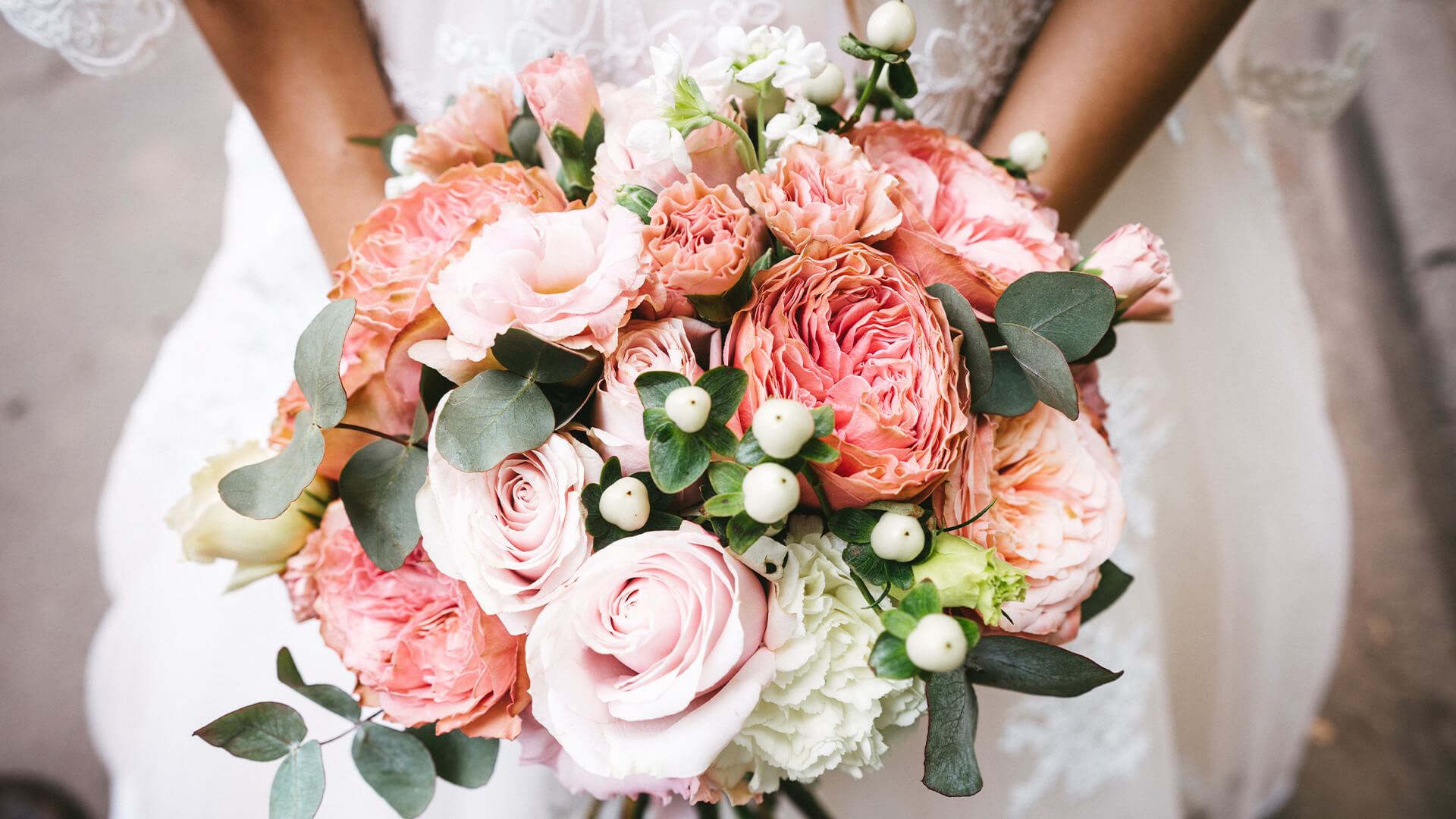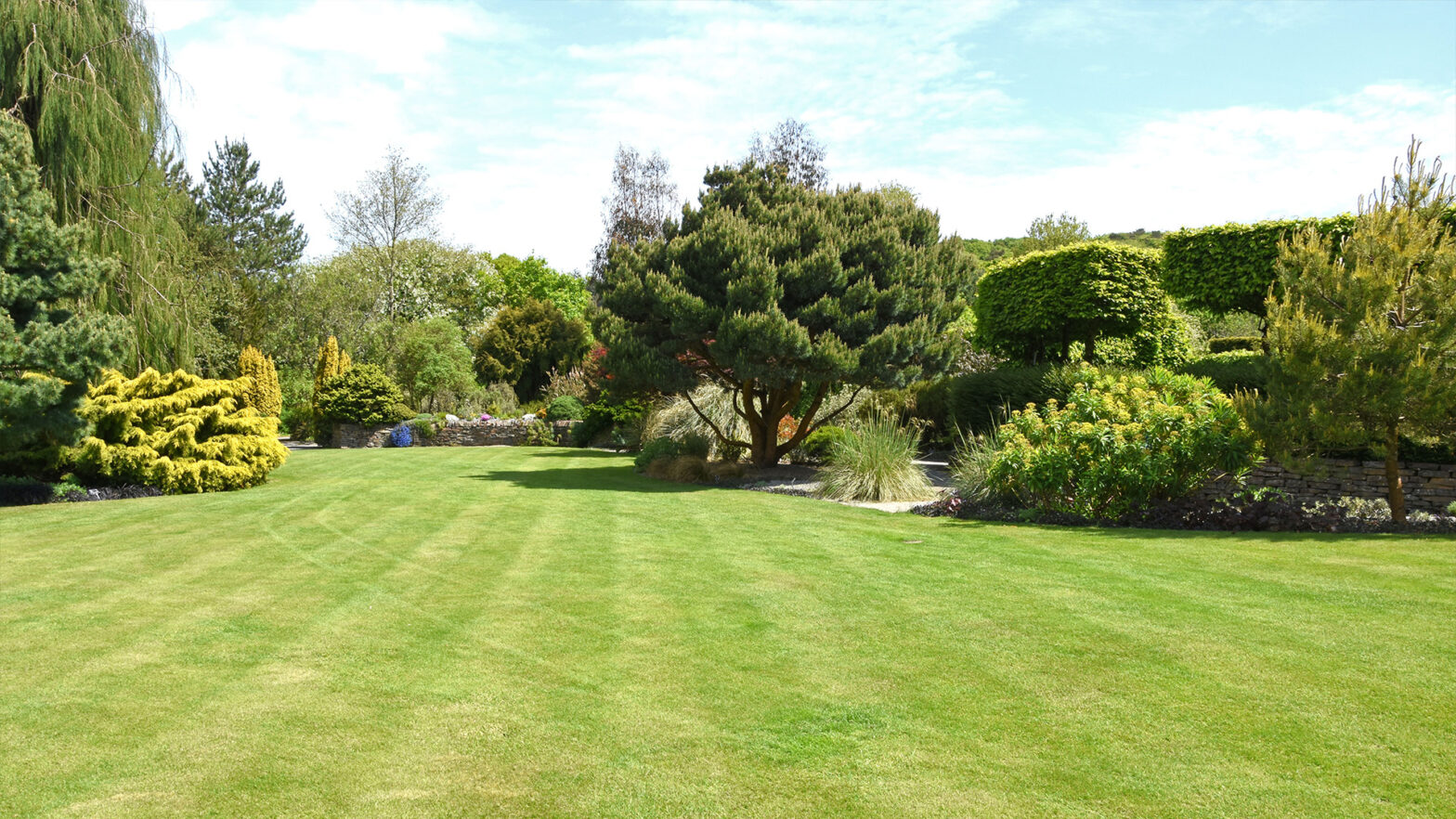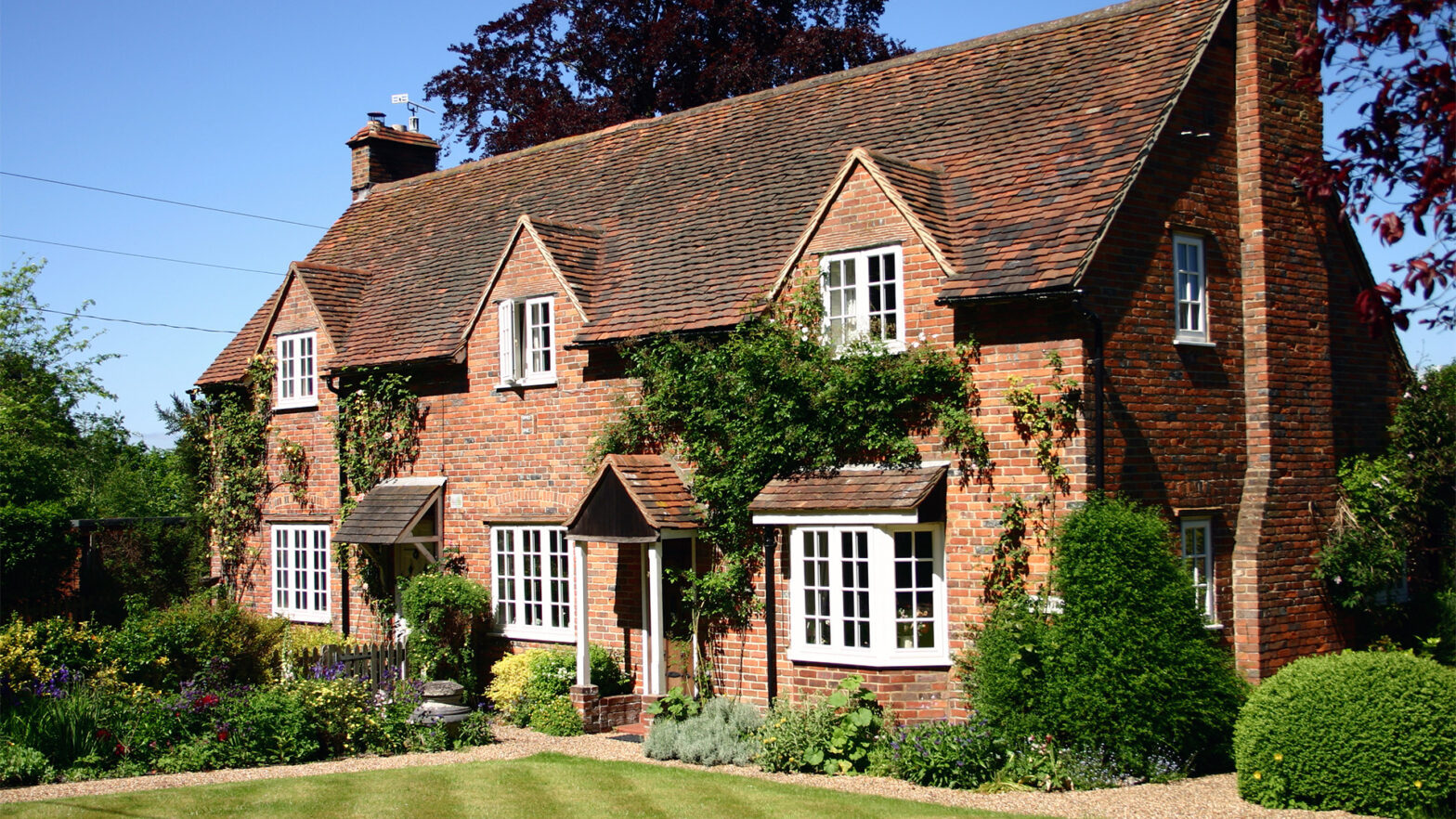
Did you know that flowers have been synonymous with weddings since Roman times when brides would wear garlands to signify new beginnings? But it wasn’t until the Victorian era that wedding bouquets became popular. Queen Victoria carried a tiny posy of snowdrops when she married Prince Albert. They play an important part in your wedding day, and they take centre stage in your wedding pictures. The flowers in your wedding bouquet are the prettiest way to bring colour and scent into the proceedings. Here, the experts at Ash Barton have shared their tips for choosing the perfect bouquet.
1.) Find your wedding dress before you choose a bouquet
The wedding bouquet style you choose will really depend on what your dress looks like. So, before you even think about ordering your flowers, make sure you’ve already chosen your frock. The style and shape of the bouquet needs to complement the style and shape of your dress and shouldn’t hide the silhouette or make you look unbalanced. When you meet or talk to your florist for the first time, make sure you have a picture of your dress to hand.
2.) Think about the shape and size of your wedding bouquet
Wedding bouquets come in all shapes and style from small, Queen Victoria-style posies to big, overflowing bouquets that practically trail to the ground. The most popular styles include:
- Round bouquets
Round bouquets are one of the most popular styles of wedding bouquet and are tied into a tight shape with little or no foliage. Round bouquets look stunning with one type of flower such as roses or peonies. Or choose a selection of blooms but all in the same colour.
- Cascade bouquets
Cascading bouquets have a waterfall of flowers and greenery cascading towards the floor. These days there’s usually lots of greenery involved such as vines and eucalyptus, and they look particularly pretty with whimsical or boho wedding dresses.
- Hand-tied informal bouquets
Relaxed hand-tied wedding bouquets have become hugely popular in recent years and are perfect for outdoor, boho and rustic style weddings. Flowers that look like they’ve been freshly picked from the meadow or garden that morning such as peonies, roses or wildflowers always work well. Stems are left exposed and tied with a ribbon or lace.
- Asymmetrical bouquets
Asymmetrical bouquets are perfect for brides who prefer something a little quirky and unusual. As you’d expect, this bouquet has an unstructured shape with one side higher or larger than the other. An asymmetrical bouquet can be made up of any type of blooms but work particularly well with big flowers and architectural foliage.
3.) Think about the colour of your bouquet
It’s important your flowers complement the colour of your dress. If you’re opting for white flowers, make sure they’re the right shade of white, especially if you’re wearing an ivory or cream gown. And dresses in a pale gold, rose or a champagne hue only work with certain colours. Take a swatch of your wedding dress fabric to the florist with you, plus a swatch of your bridesmaid’s dresses too. That way your florist can recommend flowers that complement your colours perfectly.
4.) Choose seasonal bridal flowers
Once you’ve decided on the shape and style of your bouquet, you need to choose the flowers. Lots of blooms are available all year round as they’re imported from overseas. But from a cost and environmental point of view, it’s worth opting for flowers that are in season in the UK. Pretty anemones, marigolds, and lily of the valley all in bloom in the spring. While big, bold flowers like hydrangeas, chrysanthemums, cosmos, lilies, and sunflowers are all in bloom in the summer, and roses will still be blooming as late as October.
5.) Choose a bouquet you can hold easily
As you’ll be holding your bouquet all day, make sure you choose a size and shape that feels easy to hold and doesn’t make you feel awkward or lopsided. When you hold your bouquet, have your wrist by your hip. It’s the ideal position as it stops you holding it to high and scrunching your shoulders.
6.) Don’t use fresh flowers at all
Green foliage, feathers, dried flowers, felt flowers, berries, lace, paper, brooches and even pom-poms are becoming increasingly popular for bouquets. It’s guaranteed to be talking point and, of course, this type of bouquet will last longer than a week. Mix non floral elements in with your flowers. Or go without blooms altogether.
7.) Work with your florist
Once you have a Pinterest board full of your favourite styles, shapes and colours, talk to your florist. Be guided by them as they’re the experts and can advise you on which flowers will be available at that time of year and what blooms will suit your preferred bouquet shape. Good florists tend to get booked up very quickly. Get in touch with your florist 6 –12 months before the big day.




















